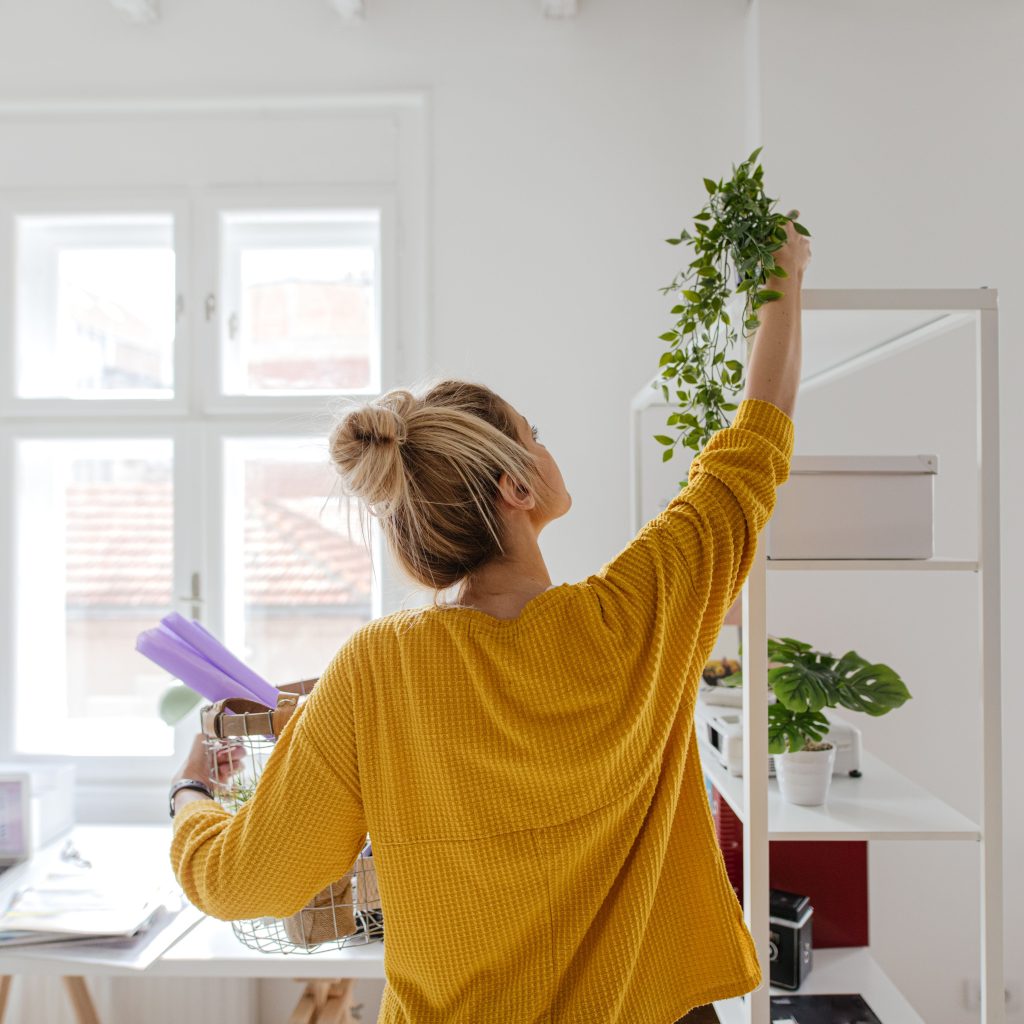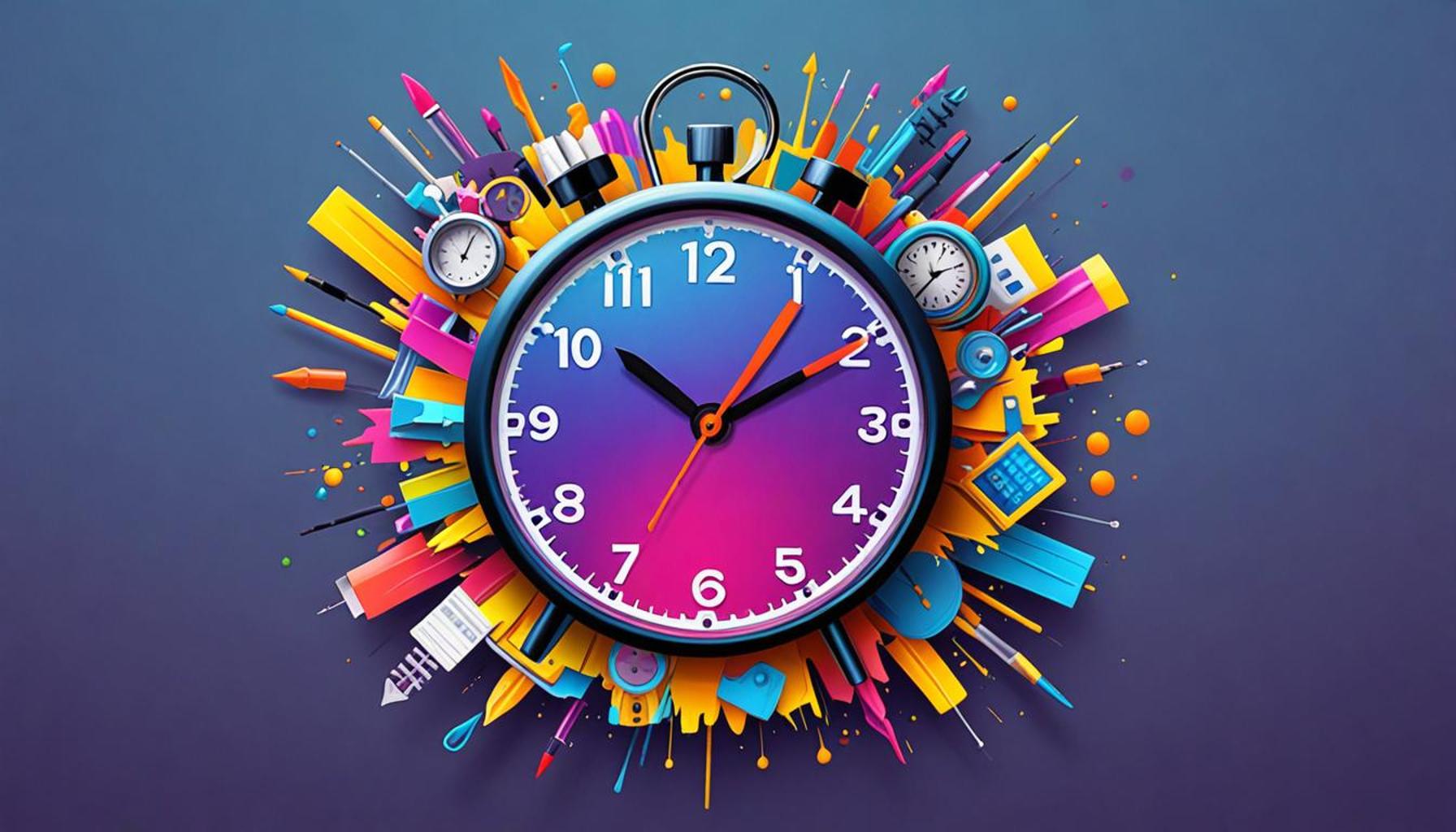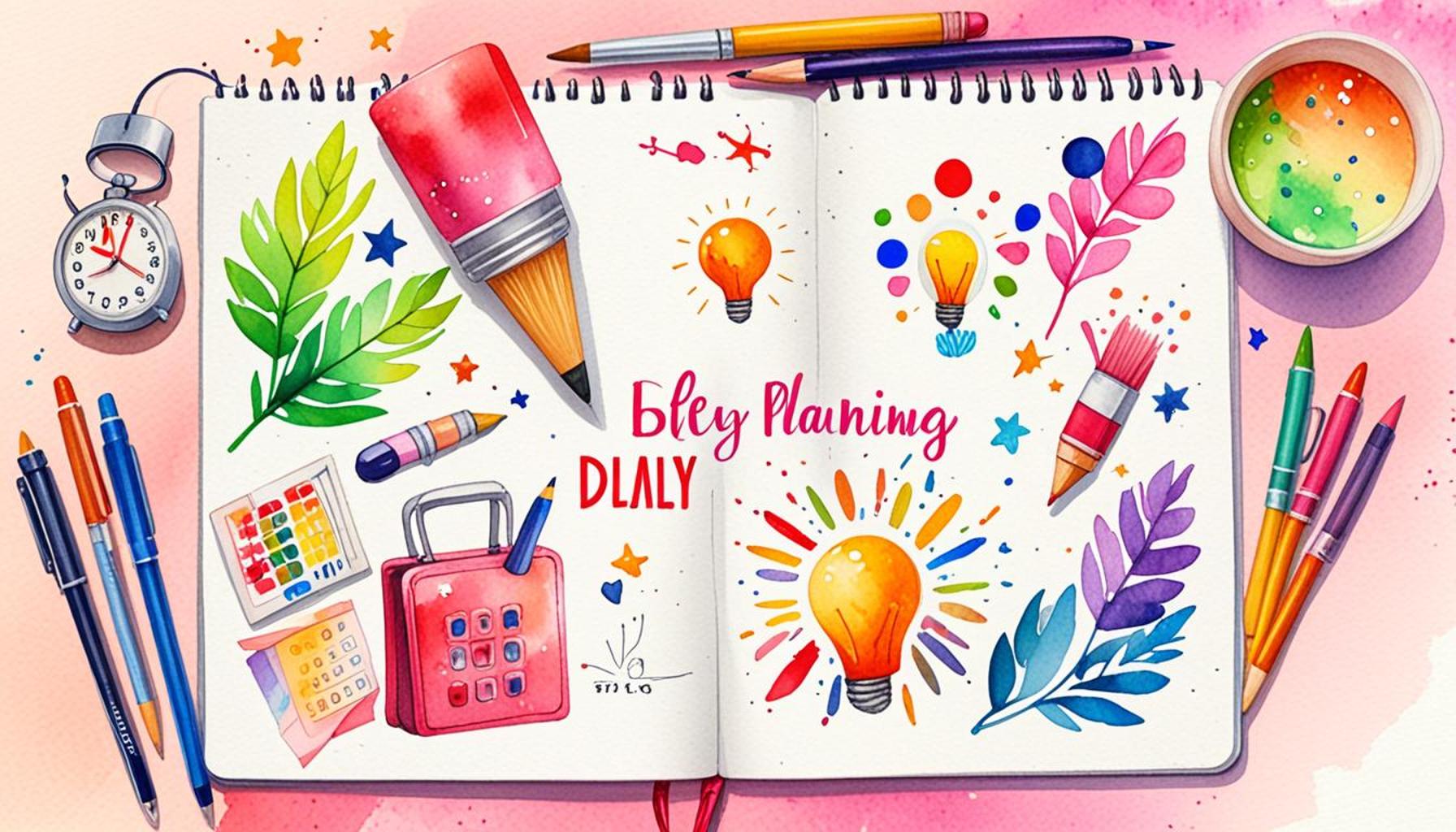Gradually Declutter Without Overwhelm Step-by-Step Guide

Embracing Minimalism in a Fast-Paced World
In today’s consumer-driven society, clutter has become a natural byproduct of our routines. For many, the journey toward minimalism offers a refreshing perspective, encouraging individuals to focus on what truly matters. Yet, the idea of decluttering can seem daunting, often leading to feelings of overwhelm.
Why Gradual Decluttering Matters
Gradual decluttering presents a manageable approach that allows you to embrace minimalism step-by-step, without the panic of a sudden overhaul. Instead of an all-or-nothing strategy, this method promotes sustainable change and a lasting impact on your environment. Here are some key benefits:
- Reduces stress: Tackling small areas at a time can make the process less intimidating.
- Promotes mindfulness: Focusing on each item encourages consideration of its value.
- Encourages consistency: A gradual approach fosters habits that can be sustained long-term.
As you navigate the journey of decluttering, it’s essential to have tools and strategies that provide clarity and direction. In this article, we will explore the Top 5 methods that can help you apply gradual decluttering techniques effectively, ultimately leading to a more organized and fulfilling life. Prepare to uncover practical insights that will make the transition to minimalism not only achievable but also enjoyable.
Top 5 Tips for Gradual Decluttering Without Overwhelm
Decluttering is often touted as a life-changing process, promising more space, less stress, and improved focus. Yet, for many, the mere thought of diving into a cluttered room can evoke feelings of dread and defeat. The key to sidestepping this overwhelm lies in a gradual and systematic approach. In this expanding exploration, we will delve deeper into the top five strategies that anchor this practice, ensuring a seamless transition into a clutter-free life. Let’s embark on this journey to decluttering mastery!
5. Start Small: Tackle One Area at a Time
Attempting to declutter an entire house in a single weekend is akin to trying to run a marathon without any training—exhausting and ultimately unsustainable. Instead, focus your efforts on one specific area at a time. Consider starting with a nightstand drawer, a single kitchen cupboard, or perhaps the bathroom medicine cabinet. These small victories build momentum, gradually transforming the daunting task into a series of manageable and rewarding activities.

The concept of starting small is not just about physically tidying spaces; it’s about cultivating a mindset of patience and persistence. By breaking your overarching goal into smaller, bite-sized tasks, you create a sense of accomplishment with each completed area, which fuels further action. For instance, if sorting through your closet seems overwhelming, try limiting your focus to just shoes or accessories. In this way, the decluttering process becomes less about labor and more about steady, achievable progress.
4. Set a Timer: Limit Your Decluttering Sessions
Time can be your most powerful ally or a relentless foe. By harnessing it through strategic planning, you can significantly enhance your decluttering efforts. Set a timer for each session—15 to 30 minutes is ideal. This method introduces a structured routine, transforming decluttering from a marathon effort into an achievable sprint.
During these short, focused sessions, the mind remains sharp and decision-making clear, reducing the risk of burnout. Imagine flipping through old papers for 30 minutes versus an entire afternoon. The difference lies in sustained productivity and minimizing mental fatigue. Regularly integrating these brief periods into your routine can add up to substantial change over time. This approach not only respects your time and energy but ensures that the decluttering process is seamlessly woven into daily life without disruption.
3. Create a Decluttering Checklist: Stay Organized
Organization is the backbone of any successful decluttering endeavor. A comprehensive checklist functions as both a roadmap and a record of progress, keeping the effort structured and focused. This tool transforms abstract intentions into tangible actions by laying out clear steps and goals.
To get started, categorize your home and possessions. Consider focal points such as:
- Clothing: Sort through seasonal items, evaluate frequently worn pieces, and identify articles for donation.
- Kitchen Items: Inventory utensils, cooking gadgets, and pantry goods, deciding what is essential and what can go.
- Books and Media: Assess the emotional and practical value of your collection, determining what truly enhances your space.
- Sentimental Items: Approach with sensitivity and mindfulness—focus on preserving meaningful items instead of becoming encumbered by all.
- Miscellaneous Household Items: From linen closets to garages, ensure that practical use aligns with availability and necessity.
This structured approach not only motivates but also enables visualization and planning. It makes even the most cluttered environments approachable and conquerable.
2. The One In, One Out Rule: Maintain Your Space
The One In, One Out rule is an elegant strategy rooted in simplicity and sustainability. It asserts that for every new item brought into your home, one must be removed. Enforcing this rule rigorously combats the ever-persistent cycle of consumption that can easily lead back to clutter.
Consider applying this rule when making decisions about new purchases. Every time you buy a new piece of clothing or gadget, ask yourself what you are willing to part with in exchange. This check-in not only limits redundant accumulation but also encourages you to make informed decisions about what you value and need. With practice, this mindset engenders a sense of intentionality in your lifestyle, steering it towards minimalism and balance.
1. Embrace the Emotional Aspect: Understanding Attachment
Decluttering often transcends mere physical sorting—it can delve deep into emotional terrain. Many items are imbued with memories or significant associations, complicating the decision to discard. The first step in navigating these waters is recognizing and respecting these attachments.
By asking reflective questions, such as “Does this item bring me joy?” or “Do I still need it in my life?” you engage in a critical evaluation process that fosters emotional clarity. This practice helps prioritize what truly matters. Perhaps you’ll find that a cherished memento, in reality, holds more sentimental value than a long-unused kitchen appliance.
Embracing these emotional aspects means allowing room for sensitivity and reflection. The goal of decluttering is not to strip away all personal history but rather to curate an environment that supports current values and aspirations. Understanding and processing these attachments fosters decision-making grounded in authenticity and intention.
In conclusion, gradual decluttering is a nuanced endeavor that requires patience and diligence. By employing these structured strategies—beginning with small areas, allocating defined times, developing organized checklists, implementing the One In, One Out rule, and addressing emotional attachments—onespace is transformed from a source of stress into a haven of calm and creativity. Decluttering is more than just tidiness—it’s a journey toward peace of mind and a lifestyle harmonized with personal growth.
| Category | Details |
|---|---|
| Emotional Benefits | Gradual decluttering reduces anxiety, leading to a sense of control and improved mental clarity. |
| Physical Space Improvement | Removing excess items creates more functional and organized living spaces. |
| Sustainable Habits | By engaging in small, consistent actions, individuals cultivate long-term habits that prevent future clutter. |
| Mindful Living | This approach promotes a mindful lifestyle, encouraging individuals to value experiences over possessions. |
Frequently Asked Questions About Gradual Decluttering Without Overwhelm
What is gradual decluttering, and how does it differ from other methods?
Gradual decluttering is a method of organizing and tidying up your living or working space in incremental steps rather than attempting to declutter everything at once. This approach prevents the feeling of being overwhelmed, as it allows individuals to tackle small sections or categories in a controlled manner. Unlike some aggressive decluttering methods that demand immediate and extensive changes, gradual decluttering focuses on sustainable progress, making it easier to maintain a clutter-free environment over time.
How can I start decluttering without feeling overwhelmed?
The key to starting without feeling overwhelmed is to break the process into manageable steps. Begin by setting achievable goals, such as decluttering one room or even a single drawer at a time. Use a timer to work in short, focused bursts—commonly referred to as the “Pomodoro Technique”—which encourages efficiency without burnout. The emphasis on small, consistent actions reduces stress and builds momentum, making the entire task seem less daunting.
What should I do with items I’m unsure about?
When encountering items you’re uncertain about, consider utilizing a “maybe” box. This is a space where you can temporarily store items you’re conflicted over. Set a specific time frame, like six months, to revisit the box. This strategy allows you to evaluate whether these items add value to your life or if you can comfortably live without them. The placement of items in the “maybe” box should be a transitory decision, guiding you to make more confident choices over time.
How frequently should I declutter to maintain a tidy environment?
The frequency of decluttering depends largely on personal habits and lifestyle. However, a good rule of thumb is to conduct a minor decluttering session every month and a more extensive review every season. Regularity fosters a habit of mindfulness over your possessions, preventing clutter buildup. By integrating decluttering into your routine as a consistent practice, maintaining organization becomes an easier, less time-consuming task.
Can decluttering have a positive impact on mental health?
Yes, decluttering can have profound effects on mental well-being. A cluttered environment often contributes to stress and anxiety, making it difficult to focus or relax. By adopting a gradual decluttering approach, you can enhance your mental clarity and reduce stress levels. A tidy space often leads to a more peaceful mind, allowing for an improved sense of control and calmness in daily life.
Conclusion
In the pursuit of minimalism, the concept of decluttering stands as a cornerstone, offering a pathway to simplicity and clarity. Implementing a gradual decluttering strategy ensures that this journey does not become overwhelming, allowing individuals to embrace the process at their own pace. By understanding the five key steps—setting realistic goals, prioritizing areas of focus, tackling one space at a time, evaluating progress regularly, and integrating new habits—a seamless transition toward a more organized and intentional living space can be achieved.
Understanding that decluttering is not just a task but a transformation helps to reinforce the importance of a methodical approach. This gradual process is ideal for introducing minimalism into one’s life without the unnecessary stress or exhaustion that can accompany more aggressive strategies. This approach resonates particularly with busy individuals or those who may feel daunted by a complete overhaul of their belongings at once.
The connection between decluttering and minimalism is intimate, with each item removed making space for a more purpose-driven life. This practice highlights the importance of relinquishing what no longer serves us to create room for what truly matters. Furthermore, integrating minimalism through gradual decluttering encourages a continuous reflection on consumption patterns, ultimately enhancing mindfulness and sustainability.
As we navigate the intricacies of modern living, adopting a decluttering routine grounded in gradual change empowers individuals to reclaim their spaces and time. Embracing this process patiently can lead to profound lifestyle shifts, making minimalism not just a path of less, but one of meaningful abundance. For those intrigued by the potential of a more intentional life, the gradual decluttering approach is a compelling invitation to start exploring the minimalist journey today.


